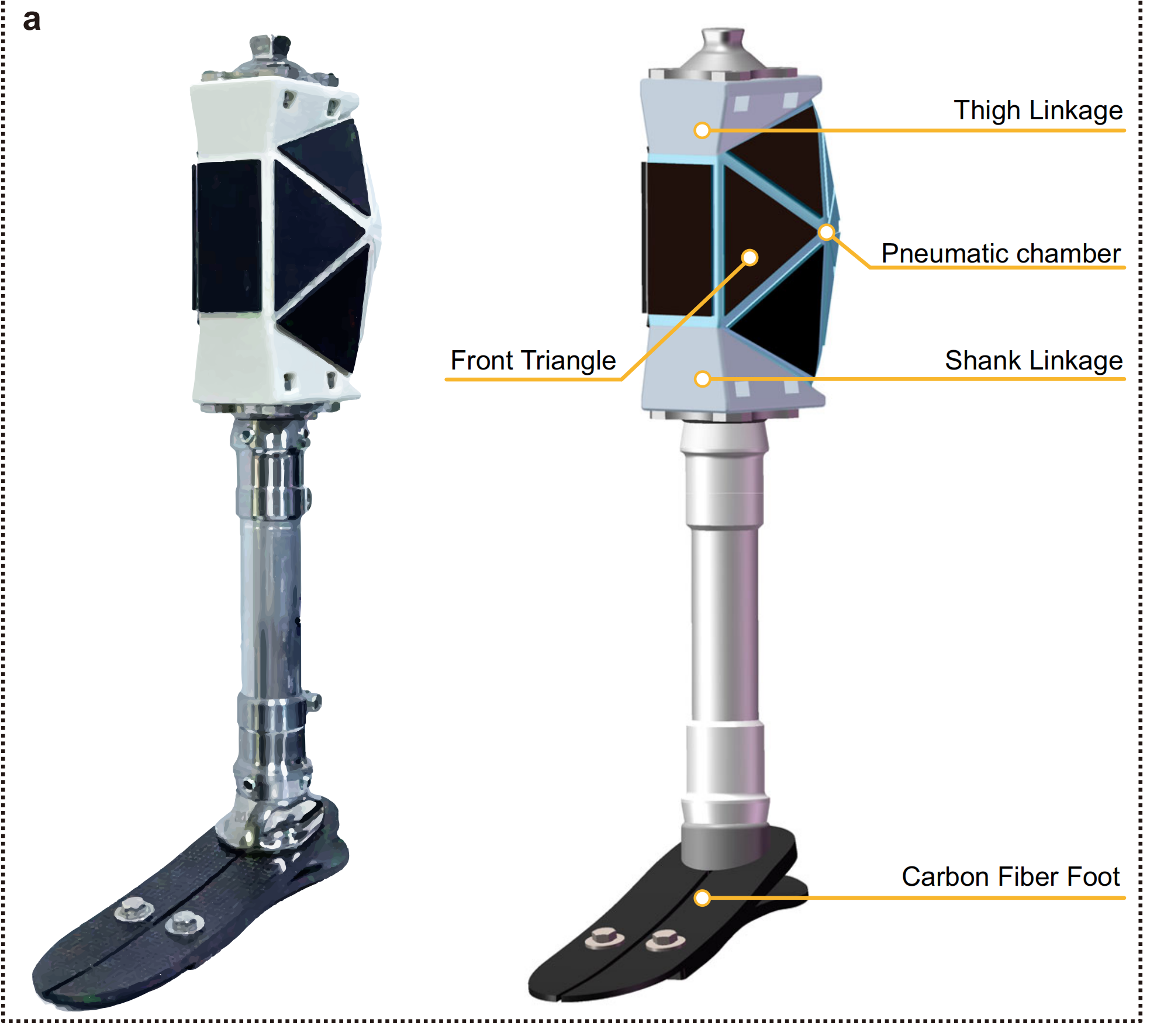The Temple of Heaven: Ancient Architectural Masterpiece
The Temple of Heaven is one of the most significant heritage sites along Beijing's Central Axis. As the main structure of the Temple of Heaven, the Hall of Prayer for Good Harvests stands on a three-tiered pedestal made of pure white marble, making it one of the tallest ancient buildings in Beijing.
The Hall of Prayer for Good Harvests employs a large number of bucket arches in its construction, forming a towering triple-eaved conical roof, showcasing the skill of Chinese ancient artisans.
Bucket arches are architectural elements located beneath the eaves or within the beams of ancient Chinese buildings. The transverse and longitudinal pieces of wood cross each other in the form of mortise-and-tenon structure to form bucket arches. From a mechanical perspective, the bucket arches transform single-point support into multi-point support, distributing the force to each fulcrum of the wood, thereby ensuring structural safety.
Located between columns and beams, bucket arches transmit loads from the roof and upper structures to the columns, which then transfer them to the foundation. Thus, they serve as a vital link, distributing loads.
The Hall of Prayer for Good Harvests utilizes an abundance of bucket arches, working in tandem with beams to support the entire hall's weight. The bucket arches interconnect seamlessly, forming a strong network with the 24 golden pillars inside the hall and the ring beams above the eaves and columns.
This intricate system, akin to a group of strongmen holding everything firmly in place, reinforces the hall's two-tiered circular beam structure. It also addresses the challenges posed by the nearly 24-meter-wide internal span and the mechanical stability of the suspended structure.
In this sense, the Hall of Prayer for Good Harvests can be regarded as both a cultural and a scientific architectural masterpiece.







